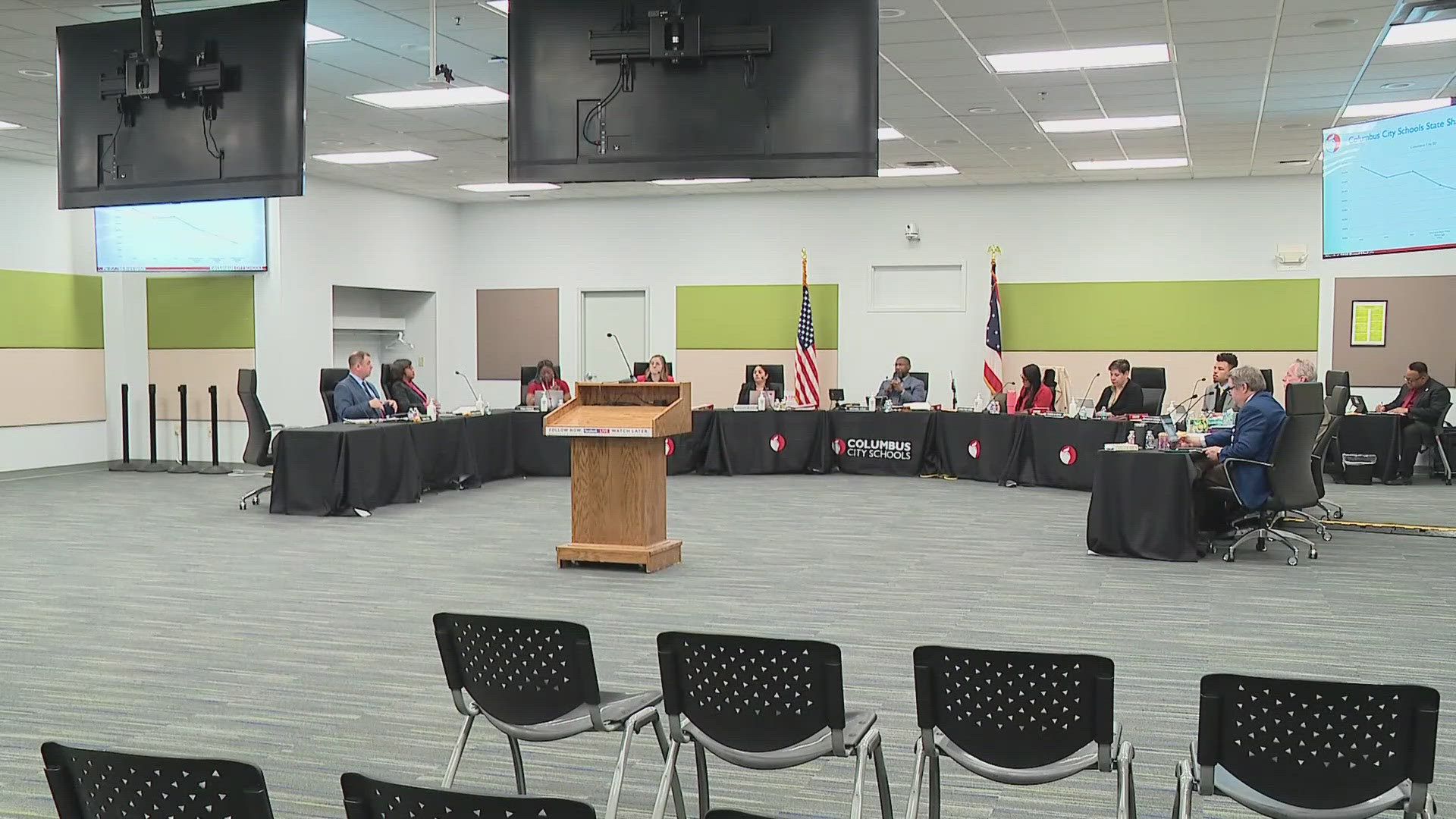Ohio’s education system could be in serious trouble if the State Board of Education doesn’t receive adequate funding in the upcoming state operating budget. The State Board of Education’s Superintendent, Paul Craft, warned that if the funding does not improve, the agency may not be able to meet its mission to serve the state’s educators and students effectively.
A Growing Financial Strain
At a meeting with the State Board of Education on Monday, Superintendent Craft highlighted the financial struggles the board has been facing. He explained that while his team has been actively engaging with lawmakers to secure the necessary budget allocation, the outlook remains grim.
Craft also pointed out that the Ohio Department of Education and Workforce, created in 2023, has significantly reduced the board’s responsibilities, shifting much of its power and focus. Today, the board is primarily responsible for handling educator licensing, district territory disputes, and teacher disciplinary matters.
Due to these changes, the board now relies heavily on income from teacher licensing fees to fund its operations. Unfortunately, these fees tend to fluctuate throughout the year, making it difficult for the board to predict its income and plan accordingly. Initially, the fees provide a decent boost at the start of the year but tend to decline over time.
Efforts to Avoid Teacher License Fee Increases
Despite the financial challenges, Superintendent Craft and the board are cautious about raising teacher license fees, which could discourage potential teachers from entering the workforce. Craft emphasized that the teacher shortage in Ohio is already severe, with many school districts struggling to fill vacant teaching positions.
“We want to hold off on fee increases as long as we can,” Craft said. “The pipeline is tight right now, and I don’t see it becoming fully stocked again unless something changes drastically.”
In August 2023, Craft requested emergency funding to prevent the need for a fee increase and to cover a $3 million budget shortfall. While the Ohio Controlling Board approved a $4.66 million emergency funding package, Craft noted that the board still faces a tough road ahead.
Staffing Cuts Could Be a Last Resort
Without sufficient funding from the state operating budget, the Ohio State Board of Education will be forced to make significant cuts. These cuts could potentially lead to reductions in staff, which would severely impact the board’s ability to perform its duties.
Currently, the board employs 58 full-time staff members to manage operations such as issuing around 140,000 educator credentials annually. However, Craft warned that without additional funding, the board may need to reduce its workforce from 56 to just 26 employees to save costs.
“We would have to make severe cuts to our staffing,” Craft explained. “At that level, I don’t see how we could continue to fulfill our mission effectively.”
He compared the board’s staffing to the State Board of Nursing, which licenses a similar number of professionals but operates with a staff of 79. In contrast, the Ohio State Board of Education is trying to manage with just 56 employees.
Potential Impact on Ohio’s Education System
The budget situation has created a sense of urgency within the education community. If the budget does not improve, Ohio’s State Board of Education will face even more difficult decisions. These decisions could lead to delays in educator credentialing, disruptions in teacher training programs, and even challenges in maintaining the necessary checks on educator misconduct.
Craft has worked hard since joining the board in December 2023 to rebuild trust with the education community and ensure that the board can continue to serve its purpose. However, he expressed concern that some members of the state legislature may not be willing to provide additional funding, even as the board’s resources continue to dwindle.
“There are people in both (legislative) chambers who have said ‘we will never give a dime to the State Board of Education,’” Craft remarked.
Budget Proposals and Potential Solutions
Governor Mike DeWine’s proposed executive budget for the upcoming fiscal year includes a modest increase of $2 million from the state’s General Revenue Fund for the State Board of Education. This increase would help to offset declines in dedicated purpose funds, which are expected to drop from $14.8 million in fiscal year 2024 to $13 million in fiscal year 2025.
In addition to these funds, the board would receive $1.35 million in federal funding each year for the next two fiscal years. If the governor’s proposed budget is approved, the board would have access to $33.2 million over the biennium.
Despite these potential increases, Superintendent Craft still sees a need for additional funding to support critical services, such as the Retained Applicant Fingerprint Database (Rapback) system, which tracks criminal activity among educators and staff. Craft is seeking direct funding for this system to ensure it can continue operating effectively.
Possible Cost-Cutting Measures
To cope with budgetary constraints, the board has proposed eliminating the Resident Educator Summative Assessment, a cost-cutting measure that could save up to $1 million. This assessment, which currently evaluates new educators in Ohio, could be replaced by evaluations conducted directly within individual school districts.
Craft believes that school districts are better suited to assess the abilities of educators in the Ohio Teacher Residency Program, which would allow the state board to streamline its operations and reduce costs.
The Path Forward
As budget hearings continue in the Ohio Statehouse, the fate of Ohio’s State Board of Education will largely depend on the final decisions made by lawmakers. Superintendent Craft remains hopeful that the necessary funding will be secured, but he knows that without it, the board will be forced to make difficult decisions that could have long-term consequences for Ohio’s education system.
For now, the State Board of Education is doing everything it can to navigate this financial crisis, focusing on efficiency and maintaining its core responsibilities while trying to avoid further cuts that could harm its ability to fulfill its mission.
Disclaimer – Our team has carefully fact-checked this article to make sure it’s accurate and free from any misinformation. We’re dedicated to keeping our content honest and reliable for our readers.




